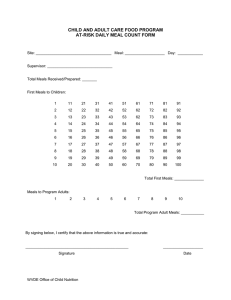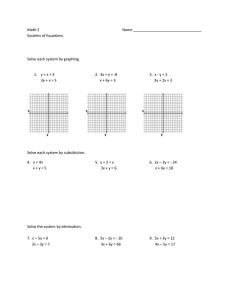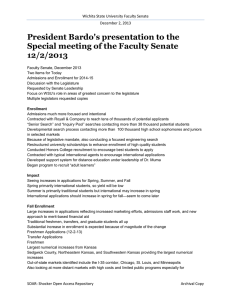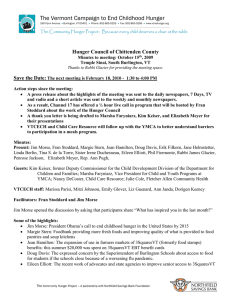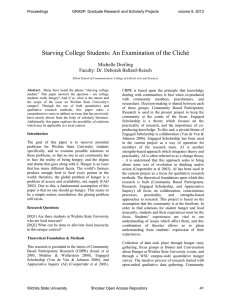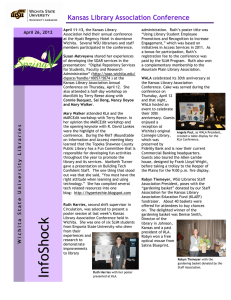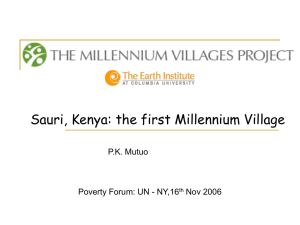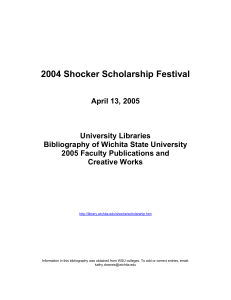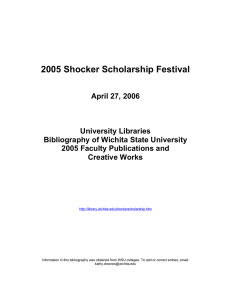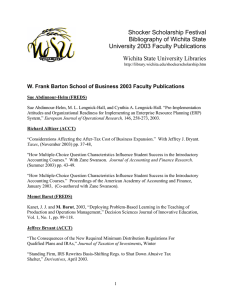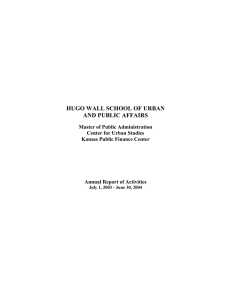S.N.A.P. Gap Crystal A. Miller, Jodie Hertzog
advertisement
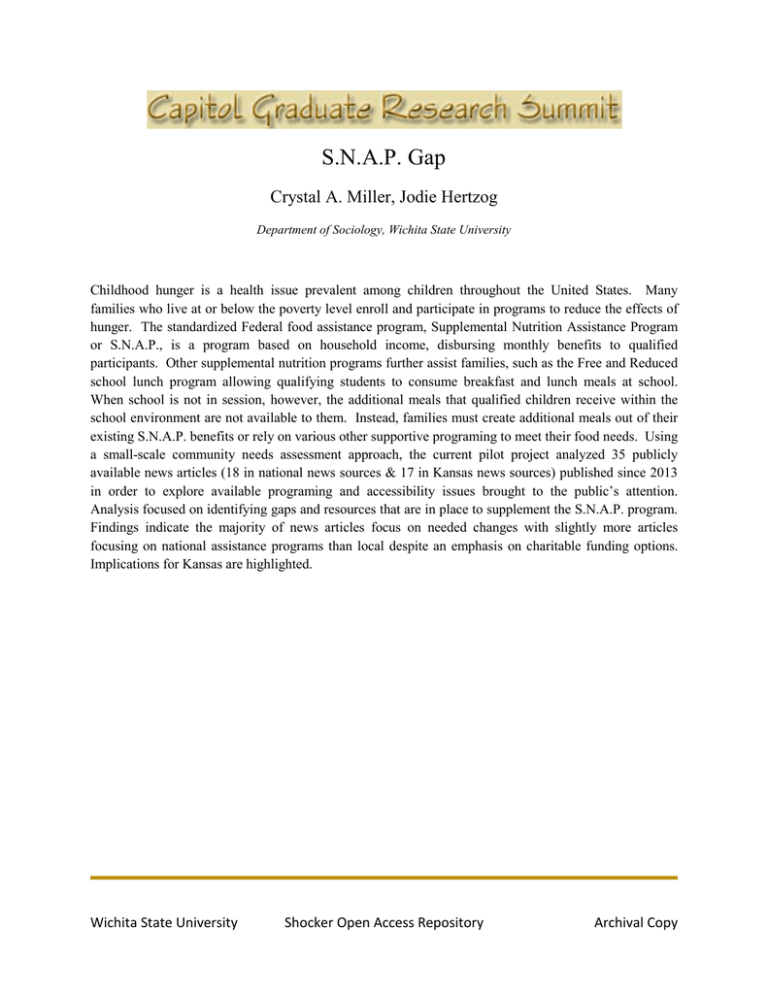
S.N.A.P. Gap Crystal A. Miller, Jodie Hertzog Department of Sociology, Wichita State University Childhood hunger is a health issue prevalent among children throughout the United States. Many families who live at or below the poverty level enroll and participate in programs to reduce the effects of hunger. The standardized Federal food assistance program, Supplemental Nutrition Assistance Program or S.N.A.P., is a program based on household income, disbursing monthly benefits to qualified participants. Other supplemental nutrition programs further assist families, such as the Free and Reduced school lunch program allowing qualifying students to consume breakfast and lunch meals at school. When school is not in session, however, the additional meals that qualified children receive within the school environment are not available to them. Instead, families must create additional meals out of their existing S.N.A.P. benefits or rely on various other supportive programing to meet their food needs. Using a small-scale community needs assessment approach, the current pilot project analyzed 35 publicly available news articles (18 in national news sources & 17 in Kansas news sources) published since 2013 in order to explore available programing and accessibility issues brought to the public’s attention. Analysis focused on identifying gaps and resources that are in place to supplement the S.N.A.P. program. Findings indicate the majority of news articles focus on needed changes with slightly more articles focusing on national assistance programs than local despite an emphasis on charitable funding options. Implications for Kansas are highlighted. Wichita State University Shocker Open Access Repository Archival Copy
